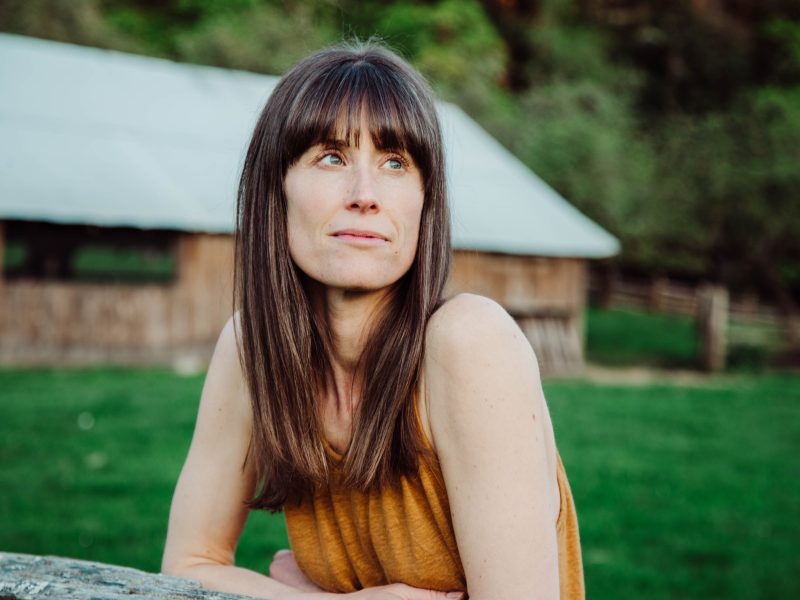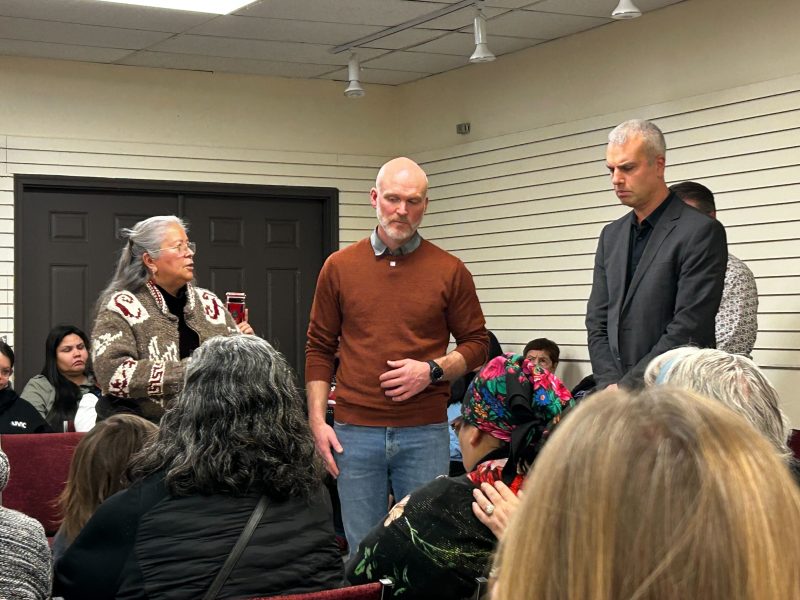
I’d like to share some good news affecting the Quw’utsun mustimuhw, the people of Cowichan Tribes. Later this year, 27 homes along Indian Road, in the upper S’amuna reserve of Cowichan Tribes, will have clean drinking water piped to their taps for the first time. My own home is one of them.
Clean drinking water is a luxury not always afforded to First Nations people. In fact, Canada currently has 58 long standing drinking water advisories directly impacting life on 40 on-reserve communities. This number has dropped significantly from 105 on-reserve drinking water advisories in 2016.
In his 2015 campaign to become Canada’s Prime Minister, Justin Trudeau promised to end those drinking water within five years. His government later set a specific target of March 2021, now just weeks away. Late last year Indigenous Services Canada acknowledged the deadline would not be met, and though it promised more funding, it did not set a new target.
Although the homes along Indian Road haven’t had clean water, they are not included in the federal government’s targets. Its data only include public water systems on reserves and does not include reserves where homes must drill individual or family wells, like along Indian Road and many other places in Quw’utsun (Cowichan).
“Long-term advisory statistics are more of a policy performance measure than a true indicator of First Nations water security and well-being,” writes Corinna Dally-Starna, an environmental studies PhD student at Queen’s University. What’s left out of that picture is “equally devastating,” Dally-Starna says. That includes all of those disconnected from public water entirely.
As of 2010 there were 50 wells on Quw’utsun reserve land, with 90 per cent failing to meet drinking water standards, according to a letter from Cowichan Tribes. The First Nation has made significant progress towards connecting homes to public water since then.
What’s wrong with Indian Road well water?
According to Cowichan Tribes, the do-not-consume orders for Indian Road homes are due to high concentrations of arsenic. Long-term exposure to arsenic in drinking water can lead to cancer and skin lesions, according to the World Health Organization. It is associated with heart disease and diabetes. Exposure before birth and in early childhood is linked to problems with cognitive development and higher rates of young adult death.
I reached out to some Quw’utsun mustimuhw who live on Indian Road and asked what their water is like currently. Neil Peter told me he “would not drink it.” And that he recalls being told, “to boil our water for ten minutes before we can drink it.” He later added, “We drank water for a few years before we knew how bad water is.”
When I talked with Brandan Alphonse, another Indian Road resident, he noted that, “it does not smell but does stain the toilet and tub.”
While, as a community member who lives on Indian Road myself, I will note that our well water is very smelly and we receive annual do-not-consume orders from the First Nations Health Authority.
Currently Cowichan Tribes provides bottled drinking water to my home and others through a local water service. But if it snows or there is a holiday and they can’t make a delivery, we run out of water.

Waiting a long time
Indian Road residents have been waiting a long time for drinking water service. “It took so long just to get cleared to get water here. Like we are not very important,” said Peter.
Quoted in a 2018 CHEK News article, Cowichan Tribes Chief William “Chip” Seymour said that Indian Road residents could see water service as early as spring 2019.
But it wasn’t until August 2020 that Indigenous Services Canada approved the $4 million in funding, according to the project website.
The project will build new water mains from the Eagle Heights water system, down Miller Road and along Indian Road. Cowichan Tribes hired a contractor in October, 2020, and the work is expected to finish in September, 2021.
“This water project will improve the health and quality of life for Cowichan Tribes’ members in that area,” said Fred Bosma, director of capital projects at Cowichan Tribes, in the First Nation’s December newsletter.
“It’s about time,” said Alphonse, my neighbour.
At long last
”I am very happy to see city water coming up here,” Peter told me.
Alphonse said he’s happy, too, but also wondered if that will be the end of the water worries for him and his neighbours. “It’ll be interesting to see if the water runs clearly through our old pipes.”
When I asked about if the construction had affected their family they both noted that it had not affected them much. Alphonse added, “The worker’s have been super nice and helpful when I try to leave.”
When I drive up Indian Road and see the construction, I think of how a decades-long do-not-consume order will be ending on our part of the reserve. I see how happy the people are to get water after so long. This is one of the times where I can see the positive change happening, and it feels good.
Huy tseep q’u to all who made this happen.
Huy tseep q’u to all who support the Quw’utsun mustimuhw.
Huy tseep q’u to all who take the time to read these articles and get a glimpse of what Quw’utsun life is like.
Huy tseep q’u siem nu siiyeyu, huy tseep q’u.
Thank you, my respected friends, thank you. [end]



